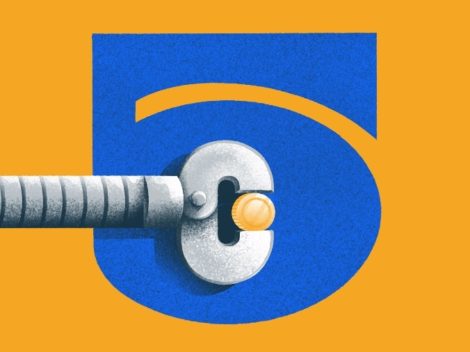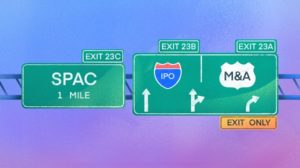By Stan Boland
From the vantage point of 2021, the autonomous vehicle hubris of just five years ago is plain to see. We were told that, by now, we’d be laughing at the very idea of humans having to drive. Yet it turns out that five years and $50 billion later, we can’t all just jump into a robotaxi whenever we want.
Subscribe to the Crunchbase Daily
Whisper it, but the industry was wrong, in kind of a big way.
Why? Well, let’s cast our minds back to 2016. The idea of autonomous vehicles had gained stratospheric interest, driven by impressive developments in several forms of AI intrinsic to driving. The recipe back then seemed simple: take the state of the science in 2016, fuel it with investment, and boom: Substantial fleets of autonomous vehicles on our streets by 2021.
How naive that sounds today.
Meanwhile, the auto sector was busy designing driving assistance with not much more than classical signal processing and control logic, then expensively analyzing the hazards and risks of these features. They may have been making life safer and easier for drivers, but how sustainable was it when the whole point of autonomy is to take the driver out of the loop altogether?

We now know just how complicated it is to make full autonomy an everyday reality. It demands very sophisticated simulation and tooling to model systems, explore system safety within those models, and then find and trace the root cause of any vulnerabilities found. That spells large, rigorous engineering teams, a big cloud budget, and a substantial fleet.
It means the computer science companies forged in the mid-2010s have needed to develop advanced infrastructure alongside their runtime systems and, across both, have needed to add a lot of automotive expertise and formality. And because the problem they’re solving is so big, all of these firms have limited their target operating domains.
And the automotive firms? They’ve been busy integrating advanced driver assistance system components together into even safer and more useful features. It’s from the automotive world that we get the first global standard for safe automated driving, where drivers can take their hands off the wheel and leave it to the car.
To start with, it’s a tiny operational design domain (maximum 37 mph, in-lane highway driving) given the clunky acronym ALKS, short for Automated Lane-Keeping System. But it’s going to improve incrementally from there, with increased speeds, overtaking, junction handling and eventually urban driving.
Even this tiny autonomous system requires a gargantuan amount of software modeling and testing infrastructure. So much so that auto firms are starting to become software companies—and that’s not so easy.
The industry wasn’t wrong to say that automated driving is coming. It is, it’s just that $50 billion and five years were terrible guesses.
The self-driving companies lucky enough to have raised “escape velocity capital” will deliver Level 4 systems and broaden out their operational design domains geo-locationally. They’re the hare in the race. But it’s the tortoise—the automotive sector—that currently looks set to deliver the greatest utility from automated driving by functionally expanding its operational design domain.
Which will win long term? That depends on whether auto firms can truly become software companies before the tech companies develop sufficient automotive expertise. Putting to one side Tesla, an auto firm that’s also a software firm (or is it the other way around?), I wouldn’t like to say.
Stan Boland is CEO and co-founder of FiveAI, a U.K.-based startup that provides a software platform designed for providing a solution in urban mobility in public transport to complex urban environments.
Illustration: Li-Anne Dias.

Stay up to date with recent funding rounds, acquisitions, and more with the Crunchbase Daily.






![Illustration of Harris and Trump: 2024 presidential election candidates. [Dom Guzman]](https://news.crunchbase.com/wp-content/uploads/Election-2024-300x168.jpg)


![Robotic elephant (Republican) and Donkey (Democrat) [Dom Guzman]](https://news.crunchbase.com/wp-content/uploads/Elephant_Donkey_Tech-1-300x168.jpg)

67.1K Followers